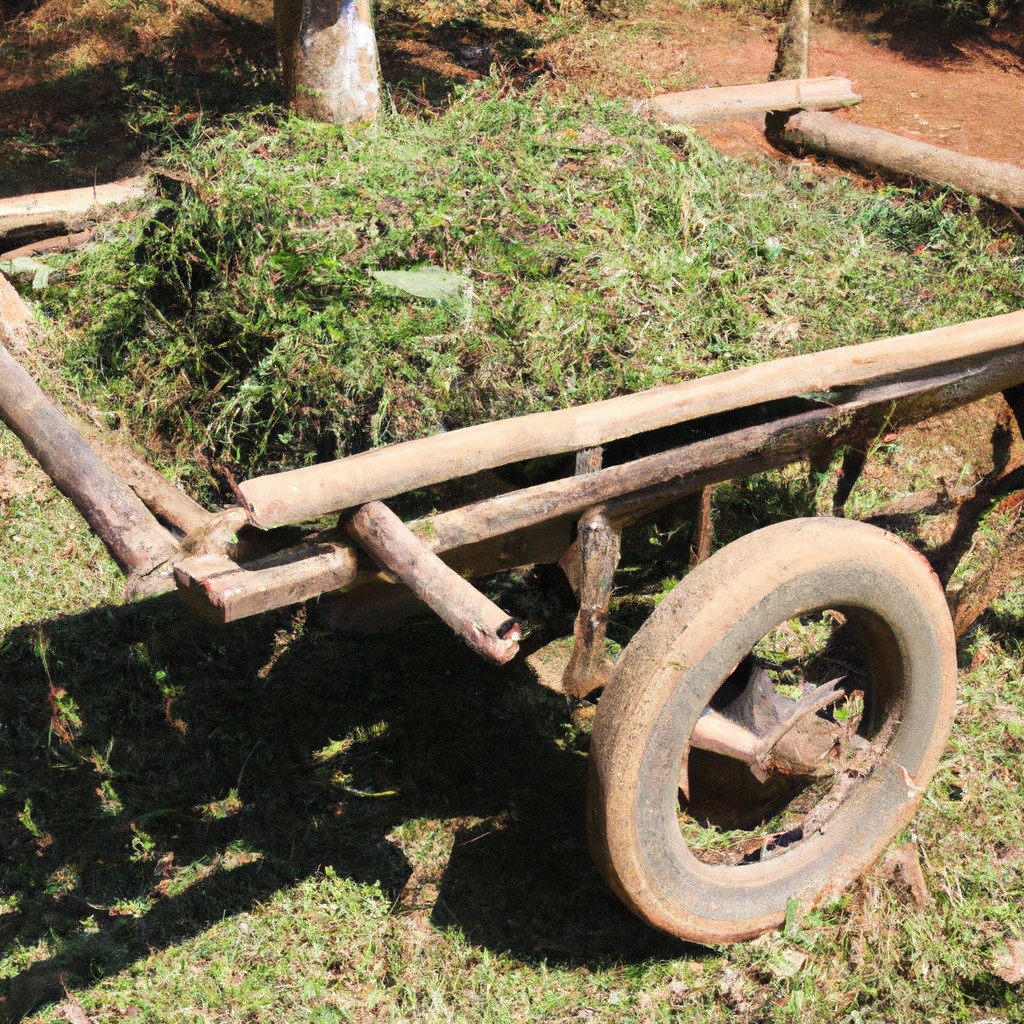Discover how traditional agriculture has shaped our food systems and what practices are considered fundamental in this approach.
Look Inside:
Characteristics of Traditional Agriculture

Imagine a farming scene from a few centuries ago—no big machines, just hard-working folks using hand tools and animal power. That’s the essence of traditional agriculture. It primarily relies on techniques passed down through generations, often closely tied to the rhythms of nature.
Key facets include using natural resources available locally, like manure for fertilizer and rainwater for irrigation. Crop diversity is another hallmark, with seasonal rotations to maintain soil health. The scale is usually small—think family-run farms, supporting local communities primarily.
The methods are labor-intensive, with a strong emphasis on human and animal labor over mechanization. This approach minimizes energy use but can limit productivity compared to modern techniques.
In essence, traditional agriculture is like the vinyl record of the farming world: not the most efficient, but with undeniable classic appeal and sustainability charm.
Impact of Traditional Agriculture On Environment
Traditional agriculture, while steeped in history and cultural significance, packs a hefty punch on the environment. Not quite the gentle giant of land use, it often involves practices that aren’t exactly best buddies with Mother Nature. For instance, frequent tilling? It’s like the agriculture version of inviting friends over and having a dance party every week on your lawn—eventually, the soil gets worn out!
Moreover, the heavy use of chemical fertilizers and pesticides may bring out the big guns for pests and crops, but it’s less of a celebration for the surrounding ecosystems. Think of it like adding way too much hot sauce to a dish; sometimes it just ruins everything else.
And let’s not forget about water use. Traditional agriculture often relies on methods that could make a fish worry about its next glass of water. This extensive use of water resources not only strains our drinking supplies but can turn rivers near farmlands into mere trickles.
So, while traditional farming methods have fed and clothed populations for centuries, they come with some environmental drama that might just need a modern rewrite.
Evolution of Agricultural Techniques Over the Centuries
Agriculture has been a rollercoaster ride through history, morphing with the demands and innovations of society. Initially, it was all about survival, with early humans foraging and hunting, then discovering the thrill of planting seeds. Imagine the surprise when plants actually grew where they put them!
By the Middle Ages, the heavy plough was the new game-changer. This tech upgrade allowed farmers to tackle heavier soils, leading to more food and less grumbling bellies. Fast forward to the 18th century, and the Agricultural Revolution was all the rage in Britain. This era was the equivalent of a farming renaissance, introducing crop rotation and selective breeding—hello, superior livestock!
The 20th century brought mechanization into the spotlight. With tractors and combine harvesters, farming turned from muscle-depleting labor into a more “cruise control” mode. The Green Revolution soon followed, waving its magic wand with high-yielding varieties and chemical fertilizers, though it perhaps partied a bit too hard with resources.
Today, precision agriculture leverages GPS and IoT technology, ensuring that farming is smarter and less wasteful. Drones, for instance, are not just for cool aerial shots; they are the new on-farm paparazzi, capturing data and monitoring crop health, making sure plants are always camera-ready. Each step in agricultural evolution has built upon the last, aiming to meet growing demands and reduce environmental footprints. The next big trend? Stay tuned!
Sustainable Agriculture: A Solution to Environmental Concerns
As traditional farming takes its toll on Mother Earth, sustainable agriculture steps in like a green superhero. It’s all about meeting our current food needs without compromising the future. Sounds cool, right? Let’s break down how it makes a difference.
First off, this method uses fewer pesticides—think of it as detoxing the Earth. Cleaner soil, cleaner conscience! Plus, it champions crop rotation and polyculture (growing multiple types of crops), which naturally outwits pests and beefs up soil health—no chemical capes needed!
Then there’s water wisdom. Sustainable farming uses practices that save water like it’s a rare collectible. Techniques such as drip irrigation deliver water direct to plant roots, drastically cutting wastage.
Don’t forget the energy equation. Renewable power sources like solar panels replace the old, hungry fossil fuels. Farms get an energy makeover, turning them into lean, green, energy-efficient machines.
Lastly, sustainable agriculture reconnects farms with local communities through farmers’ markets and food cooperatives. This not only reduces food miles but also patches the disconnect between growers and consumers. A win-win for freshness and small carbon footprints!
In essence, it’s farming that cares—as much for the crops as for the world around them. A hearty recipe for a healthier planet, don’t you think?




